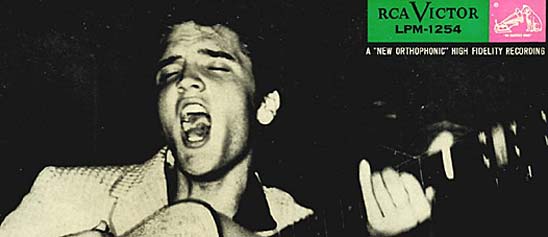
This Museum's popular entertainment collections hold some of the Smithsonian's most beloved artifacts. The ruby slippers worn by Judy Garland in The Wizard of Oz reside here, along with the Muppet character Kermit the Frog, and props from popular television series such as M*A*S*H and All in the Family. But as in many of the Museum's collections, the best-known objects are a small part of the story.
The collection also encompasses many other artifacts of 19th- and 20th-century commercial theater, film, radio, and TV—some 50,000 sound recordings dating back to 1903; posters, publicity stills, and programs from films and performances; puppets; numerous items from World's Fairs from 1851 to 1992; and audiovisual materials on Groucho Marx, to name only a few.
Our collection database is a work in progress. We may update this record based on further research and review. Learn more about our approach to sharing our collection online.
If you would like to know how you can use content on this page, see the Smithsonian's Terms of Use. If you need to request an image for publication or other use, please visit Rights and Reproductions.